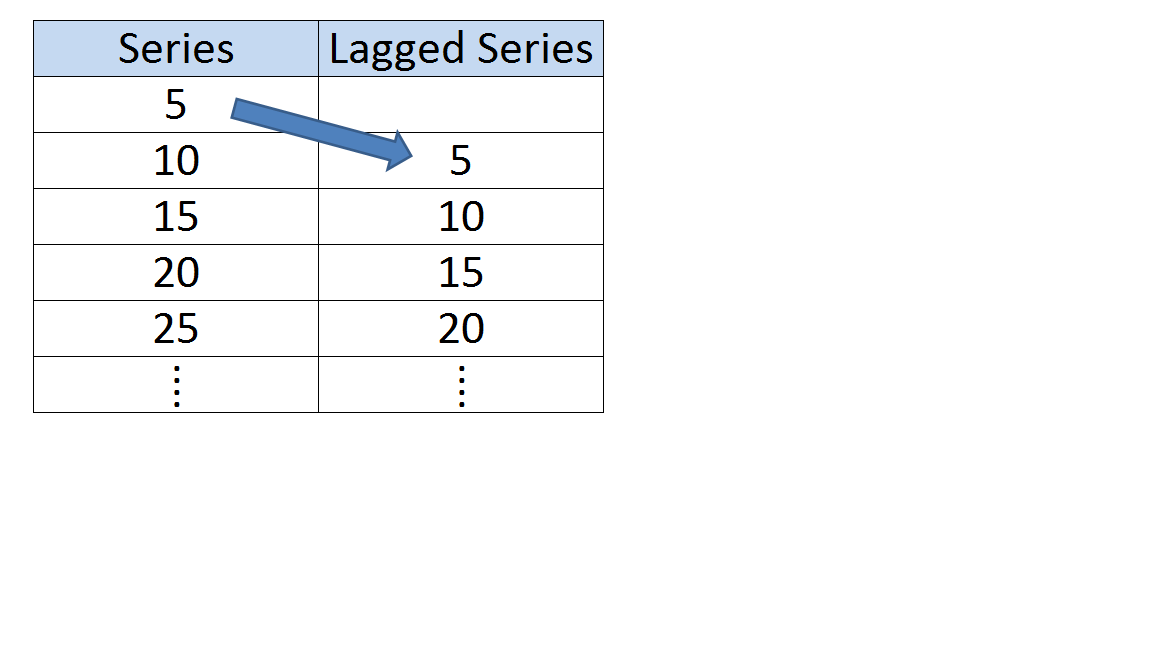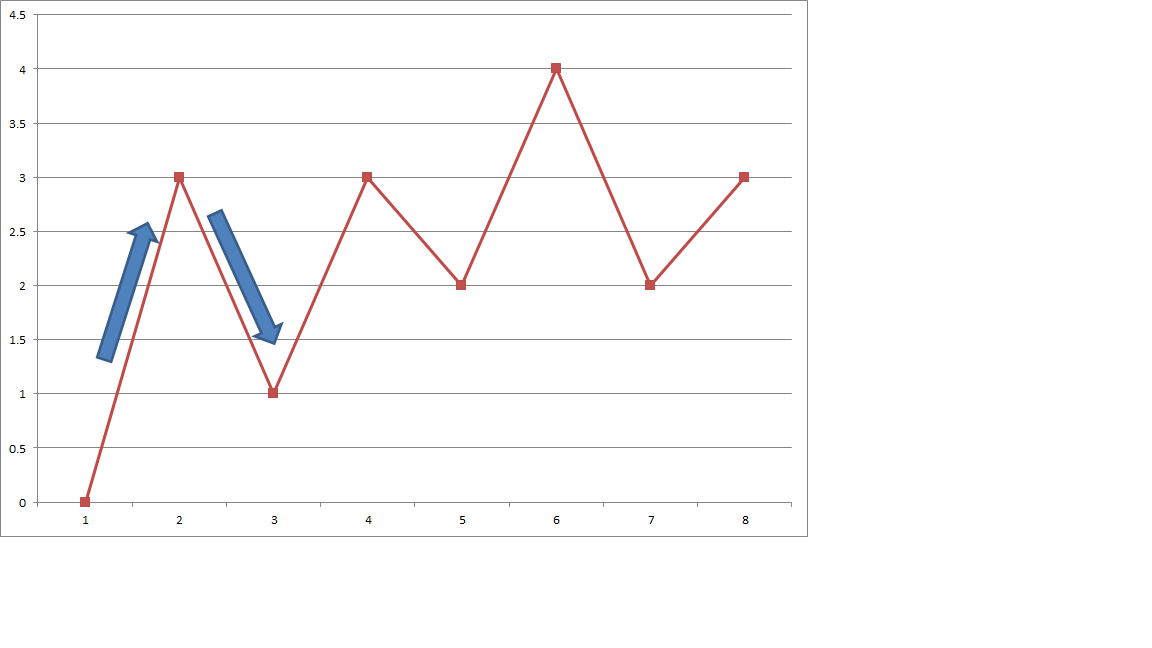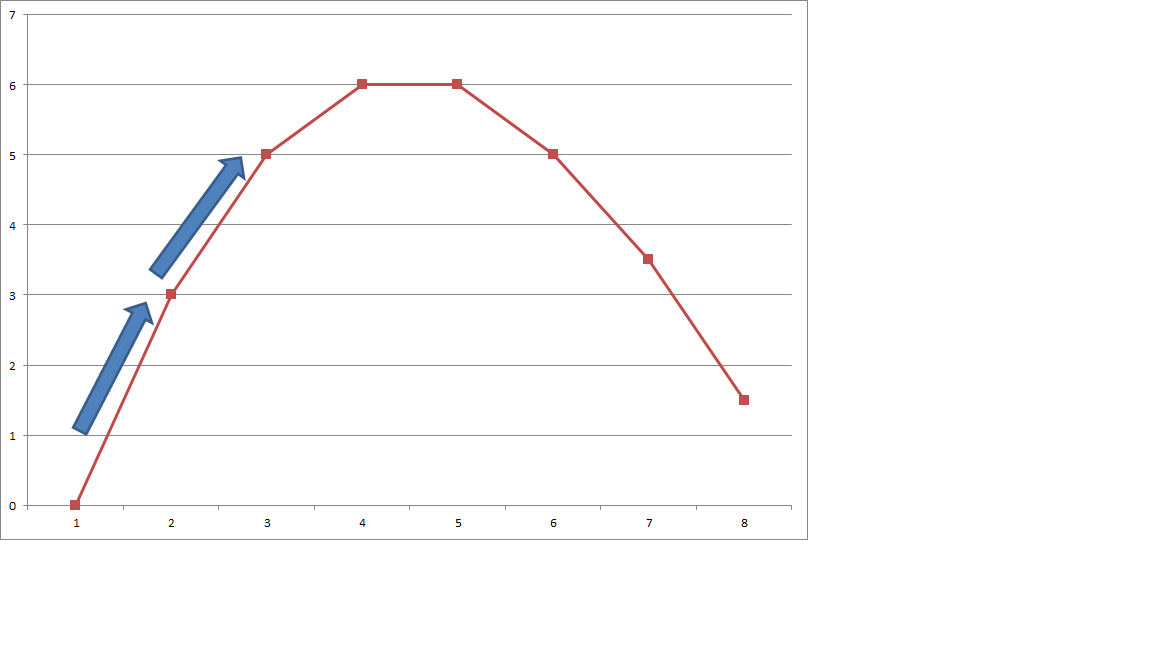Autocorrelation
Time Series Analysis in Python

Rob Reider
Adjunct Professor, NYU-Courant Consultant, Quantopian
What is Autocorrelation?
- Correlation of a time series with a lagged copy of itself

- Also called serial correlation
- Lag-one autocorrelation
Interpretation of Autocorrelation
- Mean Reversion - Negative autocorrelation

Interpretation of Autocorrelation
- Momentum, or Trend Following - Positive autocorrelation

Traders Use Autocorrelation to Make Money
- Individual stocks
- Historically have negative autocorrelation
- Measured over short horizons (days)
- Trading strategy: Buy losers and sell winners
- Commodities and currencies
- Historically have positive autocorrelation
- Measured over longer horizons (months)
- Trading strategy: Buy winners and sell losers
Example of Positive Autocorrelation: Exchange Rates
- Use daily $\yen$/$ exchange rates in DataFrame
dffrom FRED - Convert index to datetime
# Convert index to datetime df.index = pd.to_datetime(df.index)# Downsample from daily to monthly data df = df.resample(rule='M').last()# Compute returns from prices df['Return'] = df['Price'].pct_change()# Compute autocorrelation autocorrelation = df['Return'].autocorr() print("The autocorrelation is: ",autocorrelation)
The autocorrelation is: 0.0567
Let's practice!
Time Series Analysis in Python

